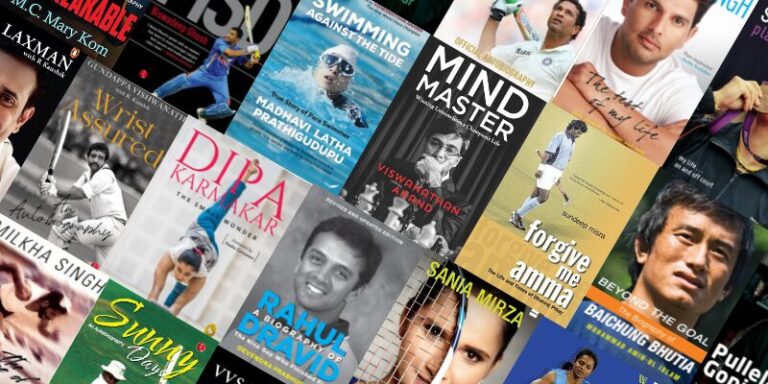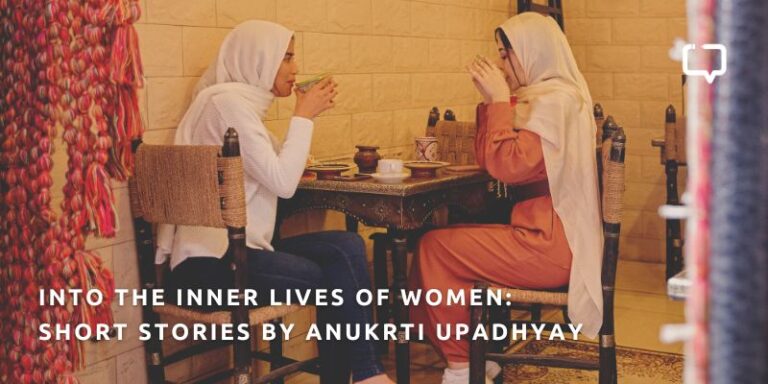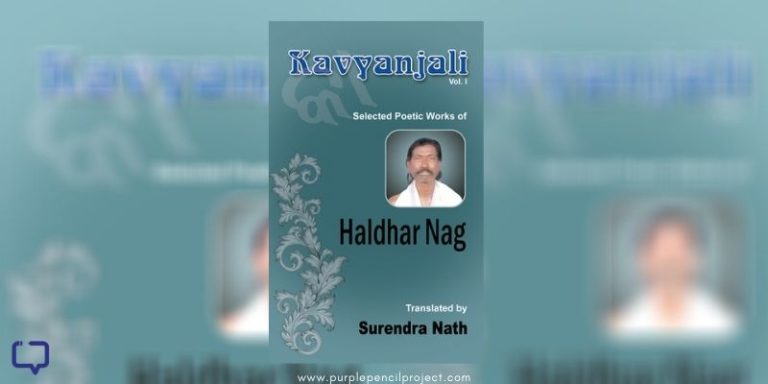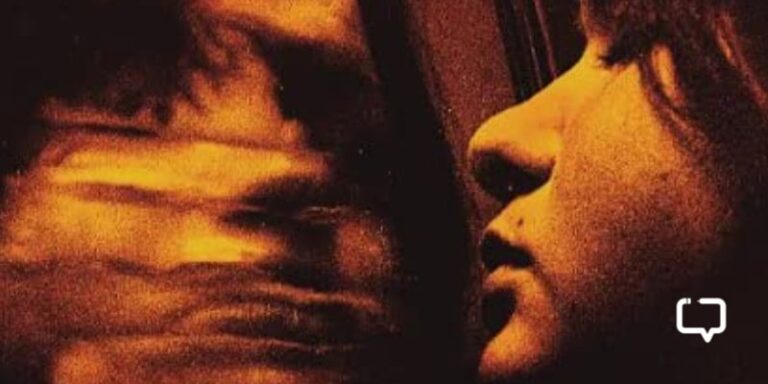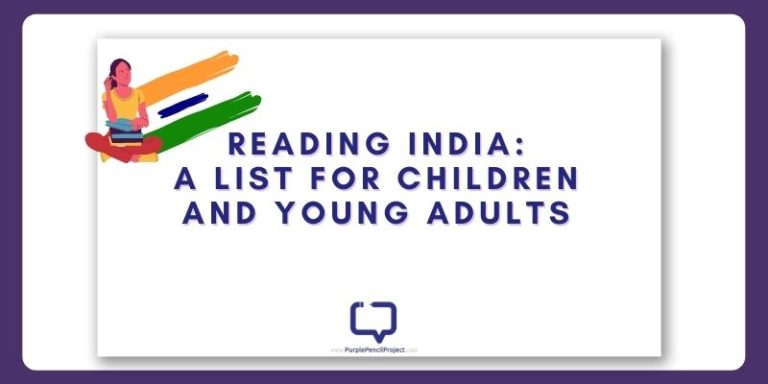Interview with Nitin Harsh, founder of Rhythm of Rajasthan, a group that works to coral folk musicians from across Rajasthan and give them a fighting chance in a rapidly changing world.
You mentioned that your journey with Rajasthan Folklore started by documenting videos for Padma Bhushan Komal Kothari Ji. Before that, what was your relationship with the folk art of Rajasthan and was it a part of your life in any way?
Nitin Harsh: I was born in Jaipur but both my parents were posted in Jodhpur and I spent my childhood in a village named Tivri. At that time there were not many modes of entertainmen, besides games or a few fixed shows on TV. Folk songs were an important part of wedding celebrations, which is where I heard them often.
9-10 days prior to the wedding, women would begin singing songs suitable for each occasion. Later when I started working with Komal Kothariji, I realised he has documented hundreds of hours of wedding folk songs, unique songs for different ceremonies. Later when I started working with him, I realised that folk songs are in fact music from the rural land which was a part of their everyday life and activities. They are no longer as rich a part of weddings though.
Apart from these, I had come across folk music on religious festivals like Mahashivratri, Holi, etc. In those days Mahashivratri was celebrated all night long by singing songs in his praise and as kids we used to collect donations and lastly in school on the occasion of Independence Day or Republic Day we would sing these songs.
My foray into the field happened partly by design, partly by luck. I had studied video editing as part of my studies. After that, I was lucky to find an internship with an organisation a friend was working with. It had all the editing equipment set up (a novelty then) and I took the opportunity.
After working for some time and hearing lots of stories about Komalji from the staff, I understood what a rich repertoire of Folk Art he had documented and then I started looking at Folklore through my camera lens. Fortunately, Komalji had given me a free hand to spend as much time in the field I wanted to and used to cover performances of Langa, Manganiyar (a community of Folk Musicians from Rajasthan). I read a lot of books written by him about Folk Musicians in Western Rajasthan and the different traditions like Kalbelia, Kathputli and many other folk forms. This is when I heard a voice from within that said that I want to work and apply my editing skills in this field itself.
In April 2004, Komalji passed away. I spent only four years with him but he inspired and motivated me beyond words. In that span of time, I came in touch with nearly 200-300 folk artistes and are connected with me till today. So this is how I forayed into the world of folk art with Rhythm of Rajasthan.
What was it about the art form that made you so passionate and determined to create national as well as global awareness about this folk tradition by creating Rhythm Of Rajasthan?
Nitin Harsh: When Komalji was on dialysis in his final stage and knew that he didn’t have much time left, he called me to the hospital and told me that in 1965 he had watched Acrobats, Rope walkers but at that time didn’t have a camera to document it. He said since then it was his wish to record this art and make it a part of his archives. He remembered the village’s name, Doda Peepli and overnight we reached there with a camera setup. We chatted with the artistes who stayed near that village and one artiste remembered that someone from Jodhpur had clicked his pictures many years ago. Komalda had mentioned that at that time that artiste held a donkey on his back and walked on the rope and insisted that if possible I must record this unimaginable feat.
I asked that artiste if he could still perform this for us to record. He said that he isn’t able to do this stunt anymore but his brother agreed to do so. I recorded and edited this performance and took the final version to Komalji and watching the video, he had tears in his eyes. He wanted to make a documentary on this art form. He had called a reputed documentary filmmaker to make this documentary but for some reason it didn’t work out. Then Komalda asked me, “Nitin Babu can we make this documentary?” I said we can definitely make a documentary ourselves if he writes the script. He did write the script but couldn’t write more than two pages due to his deteriorating health.
It was this episode in particular and his passion and dedication towards the folk art form in general and him not being around anymore which motivated me to do something. I planned a film Rajasthan: A Musical Journey that has no dialogues but only music from the different communities of Rajasthan and I dedicated it to him. It showcased the different forms of folk music such as Manganiyar, Langa, Kalbelia, Tera Tali, Babuji ki Padh, Kathputli. Later, I created the website for Rhythm of Rajasthan and this began my journey in this field.
Like you mentioned, Rhythm of Rajasthan was created to collaborate with different folk artistes. The number of folk musicians and forms are extensive. How did you decide which forms and artistes you want to get together and showcase to the world?
Nitin Harsh: While I was working with Komalji, I was introduced to nearly all the folk art forms because his work was at micro level with detailed, documented information about these folk forms. He had around 100 different musical instruments stored with him in his museum and did extensive research on each one of them. While working on making presentations and documenting this work, I got acquainted with all this information. I started getting together artistes that performed Manganiyar, Langa, Kalbelia, Tera Tali, Babuji ki Padh, Kathputli to name a few.
For example, I came to know of the number of types of Sarangis, from different communities. I would also attend a lot of social ceremonies where these artistes used to perform. On the occasion of death in a family, there used to be songs sung for 4-5 days by folk artistes where we used to go and stay with them to see their process of singing those songs and the instruments used.
Another interesting folk song sung by the Mangiyars is while playing a game of hide-and-seek. Along with the wedding procession of the “Yajman” (Host) the folk singers would accompany them.
The caliber of the musicians accompanying the Yajman would be tested. There were six Ragas assigned to six directions. The bride’s family would hide an object and the singer accompanying the groom’s family would be guided through Ragas. If he is able to identify the Raga, then he ultimately finds the object and thus proves his mastery in the art form.
We have recorded all these ceremonies as part of Rhythm of Rajasthan, that were meant for entertainment but were performed by trained artistes who passed down their knowledge from one generation to another.
That’s really interesting. Apart from doing shows in India, you have also travelled across the world. How has your experience been touring abroad and being a part of International Music Festivals?
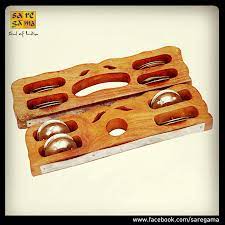
Nitin Harsh: One of the most memorable tours was our performance at the Tehran Festival hosted in Iran. The organisers wanted Sufi singers, the society there promotes and appreciates Sufi Music. The audience was completely mesmerised on hearing our singers and was very curious about the instrument Khad Taal (pictured right) and its acrobatic style of playing it.
We did another show called Beyond The Borders with a message about how art is beyond hatred and violence, in Tula, a city in Russia where the maximum amount of ammunition was stored during the Second World War. The show that showcased Rajasthani Folk Music on grand Global platform was in 2011 for the Hollywood Bowl with A R Rahman as a part of their program Journey to India.
Folk music is very contextual to communities and culture. How do you play convey the meanings of the songs to a foreign audience and what is your involvement in the whole process?
Nitin Harsh: I introduce the traditional songs with the proper meaning so that the audiences can connect with it and enjoy the melody. I explain many songs by giving examples that they can relate to. For example, some folk songs that have a line “Mane laayi do, choodi laayi do, lehariya laayi do”, I would say on a light note that whether it is Rajasthan or America, wives are demanding everywhere. They are fascinated by the fact that we have songs on animals, daily life activities, farming activities and a range of topics. Majority rhythmic songs were created for weddings for welcoming the groom and other rituals.
These songs have very interesting rhythmic patterns and usage of a variety of instruments. I have realised that when a brief explanation of the song is given, no matter what language the audience speaks, be it in India or abroad, a connection with the rhythm and melody is formed and they really enjoy it.
An interesting fact is that mostly all the folk songs are created by women but are sung by men because unfortunately women were not allowed to perform these songs on stage with a few exceptions like Rukmabai and her sister who had performed at international Music Festivals and was promoted by Komalda.
In your experience what is the type of folk music or any specific song/story that every audience, no matter what the geography, connects with instantly?
Nitin Harsh: Rhythm of Rajasthan has a group of musicians from the Langas and Mangiyar communities that play instruments such as Sindhi Sarangi, Khad Taal, Double Flute to name a few. We have a group of dancers that perform Kalbelia, Bhavaai. Kathputli is one art form that I have been and want to promote in the future because it is a dying art and it must be revived because of its unique way of storytelling. The shortcoming of Kathputli in today’s time and age is the language, Marwari, which cannot be understood by a majority of people. Only when the dialogues are explained in detail is it enjoyable, which is not possible every time.
It is believed that the Romani Gypsies originally belonged to Rajasthan and the movie Latcho Drom has beautifully captured the journey of the Romani community from India to Spain.
Have you noticed a change in the storytelling? Due to a reduction in the attention span, social media overpowering or other reasons?
Nitin Harsh: The biggest change in the folk presentation is their attire. Owing to the globalisation, there is a subtle but definite change in their costumes. Many folk singers are now a part of television reality shows, Bollywood movies and because of the limelight, this is a change in their dress. Fortunately, the trademark pagadi is still intact but the remaining costumes have been modified to appeal to the modern audience.
Once Komalda was asked what he thinks will be the future of Rajasthani Folk Music, to which he answered beautifully that as long as the instruments of the Langa and Manganiyar music are existing, the art will survive. He said so because these musical instruments cannot be made by copying the design, they are highly nuanced and intricate instruments. The style of the songs can be mimicked but not the instruments that give character to the music.
In terms of the songs, earlier the musicians used to sing Premakhyan, based on love stories such as Dhola Maru, Moomal Mahendra; all night long where they would step by step explain the storyline with detailed description through songs and instruments. These songs are no longer sung as there is no audience for them, owing to the Amazon and Netflix times we live in. The traditional songs had a prelude of 5-6 minutes long and then the actual performance would begin. Today if we have to bring down the song to 5 minutes, it doesn’t do justice to the beauty of the art form.
We hope to catch a live performance by Rhythm of Rajasthan soon. But how have the last two years been for you?
Nitin Harsh: The Covid 19 pandemic has proven to be the worst for artistes across the globe as live shows have stopped for the past 1.5 years and even with a handful of performances being conducted, only a limited audience can be invited. Some artistes tried doing online shows but the beauty of this art form is in experiencing it personally. Nothing can replace the joy of watching a live performance and the digital medium definitely cannot capture the nuances of such a beautiful tradition. Hopefully live shows for Rhythm of Rajasthan will begin soon and things will get better.









